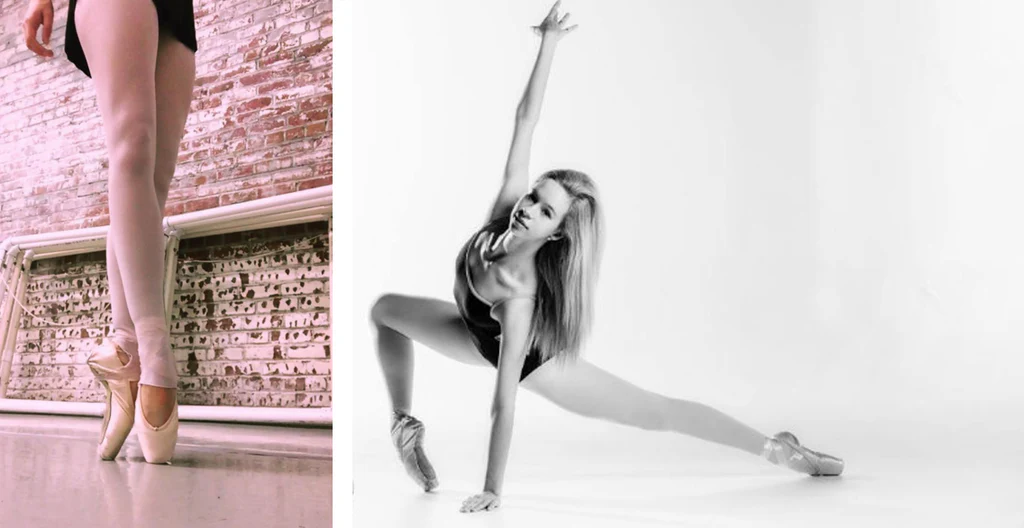Ballet body trend surgery : Breast Augmentation, Liposuction, and Skin Tightening
The ballet body aesthetic often evokes images of lean, graceful, and toned physiques. It’s characterized by long, slender limbs, a defined core, a balanced bustline, and overall body symmetry. This trend in cosmetic surgery seeks to emulate this look through a combination of procedures, primarily breast augmentation, liposuction, and skin tightening. It’s crucial to approach this trend with realistic expectations and a focus on enhancing one’s natural features rather than striving for an unattainable, idealized image.
Breast Augmentation : Sculpting the Bustline
Breast augmentation is a surgical procedure designed to increase breast size and improve shape. It’s a popular component of the « ballet body » trend, aiming to create a more balanced and aesthetically pleasing bustline.

Implant Types
- Saline Implants: Filled with sterile salt water, saline implants are a cost-effective option. If a saline implant ruptures, the saline is safely absorbed by the body.
- Silicone Implants: Filled with silicone gel, these implants are known for feeling more natural. In case of rupture, the silicone gel may remain within the implant shell or leak into the surrounding tissue. Regular MRI screenings are often recommended to monitor silicone implants.
Implant Placement
- Subglandular Placement: The implant is placed directly under the breast tissue, above the chest muscle. This placement can provide a more natural look but may not be suitable for women with very little existing breast tissue.
- Submuscular Placement: The implant is placed under the chest muscle. This placement can offer better coverage and a more natural look, especially in thin patients. It may also reduce the risk of capsular contracture.
- Dual Plane Placement: The implant is partially under the chest muscle and partially under the breast tissue. This technique combines the benefits of both subglandular and submuscular placement.
Surgical Techniques
- Inframammary Incision: An incision is made in the crease under the breast. This approach provides good access to the breast and allows for precise implant placement.
- Periareolar Incision: An incision is made around the areola (the dark skin surrounding the nipple). This approach can result in less visible scarring but may have a higher risk of changes in nipple sensation.
- Transaxillary Incision: An incision is made in the armpit. This approach leaves no scars on the breast itself but can be more challenging to perform.
Considerations
- Size and Shape: The size and shape of the implants should be chosen based on the patient’s desired outcome and body proportions.
- Nipple Sensation: Changes in nipple sensation are possible after breast augmentation.
- Capsular Contracture: Scar tissue can form around the implant, causing it to harden or become misshapen.
- Implant Rupture: Implants can rupture or leak over time.
Recovery
- Pain and discomfort can be managed with pain medication.
- Swelling and bruising are common and can last for several weeks.
- Compression garments are typically worn to support the breasts and reduce swelling.
- Strenuous activity should be avoided for several weeks.
Liposuction : Sculpting the Silhouette
Liposuction is a surgical procedure designed to remove excess fat deposits and sculpt the body. It’s a key component of the « ballet body » trend, aiming to create a slimmer, more streamlined silhouette.
Techniques
- Tumescent Liposuction: A large volume of tumescent fluid (saline, lidocaine, and epinephrine) is injected into the treatment area to numb the area, constrict blood vessels (reducing bleeding), and make the fat easier to remove.
- Power-Assisted Liposuction (PAL): This technique uses a vibrating cannula to break up fat cells, making them easier to suction out.
- Laser-Assisted Liposuction (SmartLipo): A laser fiber is inserted through a small incision to melt fat and stimulate collagen production.
- Vaser Liposuction (VaserLipo): This technique uses ultrasound energy to emulsify fat cells before they are removed.

Target Areas
- Abdomen
- Thighs
- Hips
- Arms
- Back
- Neck
Considerations
- Skin Elasticity: Good skin elasticity is important for achieving optimal results.
- Amount of Fat Removal: Removing too much fat can lead to contour irregularities.
- Pre-existing Conditions: Certain medical conditions may increase the risk of complications.
Recovery
- Swelling, bruising, and soreness are common.
- Compression garments are worn for several weeks to reduce swelling and support the healing process.
- Small drainage tubes may be placed to remove excess fluid.
- Strenuous activity should be avoided for several weeks.
Skin Tightening : Refining the Contours
Skin tightening procedures aim to improve skin elasticity and reduce sagging, often necessary after liposuction or significant weight loss. These procedures are crucial for achieving a smooth, toned appearance, completing the « ballet body » transformation.
Surgical Options
- Abdominoplasty (Tummy Tuck): Removes excess skin and fat from the abdomen and tightens the abdominal muscles.
- Brachioplasty (Arm Lift): Removes excess skin and fat from the upper arms.
- Thigh Lift: Removes excess skin and fat from the thighs.
Non-Surgical Options
- Radiofrequency (RF) Skin Tightening: Devices like Thermage, Pelleve, and Morpheus8 use radiofrequency energy to heat the deeper layers of the skin, stimulating collagen production.
- Ultrasound Skin Tightening (Ultherapy): This technique uses focused ultrasound energy to heat the deep layers of the skin, stimulating collagen production.
- Laser Skin Resurfacing: Laser treatments can improve skin texture and tighten the skin by removing the outer layers of damaged skin and stimulating collagen production.
Considerations
- Degree of Skin Laxity: Surgical procedures are typically needed for significant skin laxity, while non-surgical options are better for mild to moderate sagging.
- Recovery Time: Surgical procedures require more downtime than non-surgical options.
- Scarring: Surgical procedures can result in visible scarring.
Recovery
- Surgical procedures involve a longer recovery period with pain, swelling, and potential drainage.
- Non-surgical procedures typically have minimal downtime with some redness or swelling.
Risks and Complications
All surgical procedures carry risks. It’s crucial to be aware of the potential complications associated with breast augmentation, liposuction, and skin tightening.
General Surgical Risks
- Infection
- Bleeding
- Adverse reaction to anesthesia
- Blood clots
Procedure-Specific Risks
- Breast Augmentation: Capsular contracture, implant rupture, changes in nipple sensation.
- Liposuction: Contour irregularities, skin discoloration, fluid accumulation, nerve damage.
- Skin Tightening (Surgical): Scarring, wound healing problems, changes in sensation.
- Skin Tightening (Non-Surgical): Redness, swelling, blistering, changes in skin pigmentation.

